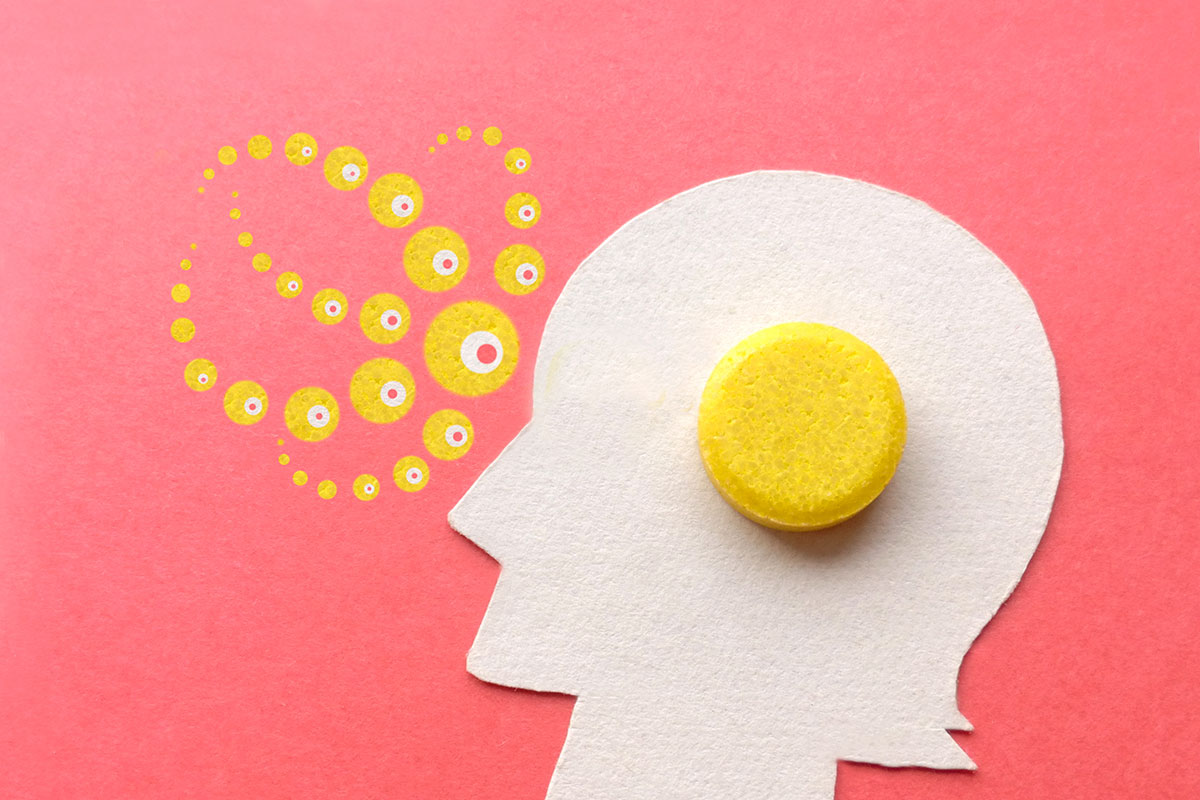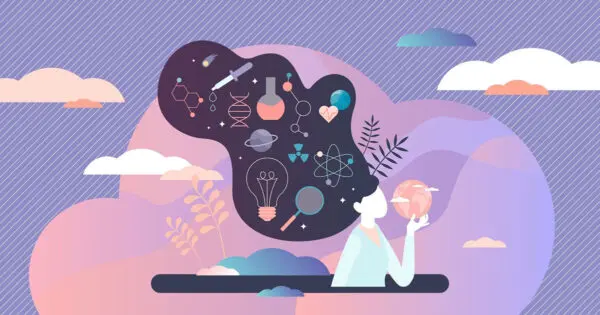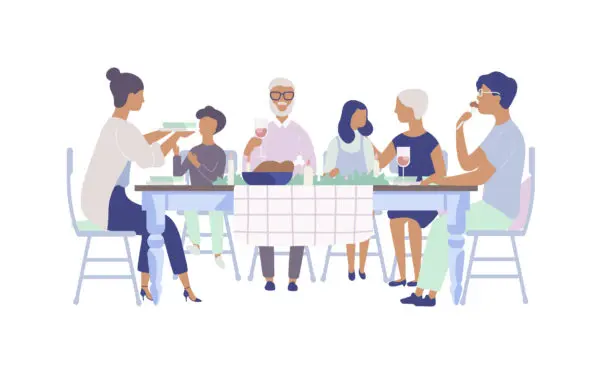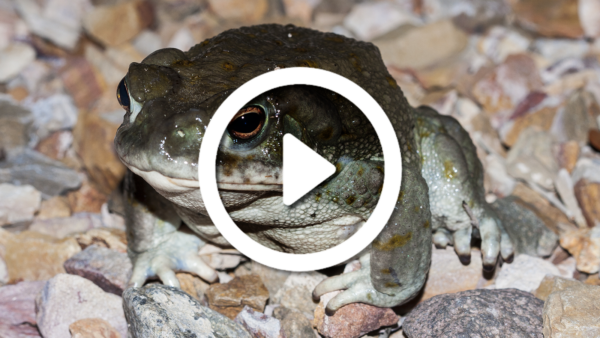What are psychedelic drugs?
The word psychedelic derives from the Greek psyche, meaning mind, and delos, meaning manifesting. Sometimes referred to as hallucinogens or entheogens, psychedelics are substances which induce an altered state of consciousness when consumed. Psilocybin containing mushrooms (sometimes called magic mushrooms or shrooms), LSD (acid), dimethyl-tryptamine (DMT) and Mescaline (a compound found in the San Pedro and peyote cactus) are some commonly known psychedelic drugs.
Humphrey Osmond, a British psychiatrist, coined the term “psychedelic” in the 1950s after he discovered that LSD helped patients with alcoholism. The results of the LSD treatment far surpassed any other interventions available at the time. Osmond did not discover LSD; it was first synthesized by a Swiss chemist named Albert Hofmann in the 1930s. April 19th, 1943, also known as “bicycle day,” is the anniversary of the world’s first acid trip, a holiday that is still celebrated by some psychedelic enthusiasts today. Osmond later introduced famous poet and author Aldous Huxley to mescaline; the experiences had such a profound effect that it led Huxley to write The Doors of Perception.
In 1955, a banker interested in mushrooms named R. Gordon Wasson travelled to Oaxaca, Mexico and met Maria Sabina, a Mazatec shaman. She introduced him to the sacred psilocybe mushrooms that grow in that area, which she used to help heal sick people in her village. Although Sabina asked Wasson not to share about his experience with the mushroom, he shared about it in an article for Life Magazine.
This deceit marked the introduction of psychedelic mushrooms into western society, and ultimately, tragedy for Maria Sabina. The psychedelic tourism that the magazine article spawned permanently changed the town of Huautla where she lived; major disagreements took place which ultimately led to Maria Sabina’s house being burned down. She moved to the outskirts of town, and eventually passed away in poverty.
By the 1960s, psychedelic use was becoming more and more widespread. Commonly associated with hippy counter-culture, psychedelics probably played a role in the collective resistance to war and oppression that swelled during this era.
While western, colonial society discovered psychedelics relatively recently, some indigenous cultures have been using psychedelics as medicine, sacrament, celebration, and to seek knowledge for thousands of years. Since psychedelic substances occur naturally on every continent (with the exception of Antarctica), it’s safe to say that wherever your ancestors are from, some of them might have had psychedelic experiences at some point in history.
Psychedelics are currently being examined for their potential to improve quality of life by treating mental illness such as depression, anxiety, obsessive compulsive disorder, addiction, PTSD, and easing anxiety for patients with terminal illness. Researchers have also found that psychedelics can increase creativity, improve mood and more.
Are psychedelic drugs addictive?
Addiction is a complex term. The Diagnostic and Statistical Manual of mental disorders (DSM-5) uses the name Substance Use Disorder for what is commonly referred to as addiction.
If a person is unable to stop consuming a substance despite wanting to, and if the use of a substance causes significant problems in someone’s life, they may have substance use disorder. The DSM-5 lists 11 symptoms which indicate that substance use disorder may be present. Depending on the number of criteria that a person meets, they will be diagnosed as having mild, moderate, or severe substance use disorder. Only a licensed professional can diagnose someone with a mental illness.
In terms of developing physical dependence, classic, serotonergic psychedelics are not addictive. Specifically, people do not crave them after use due to physiological dependence, and withdrawal symptoms do not occur after ingesting psychedelics, even after multiple psychedelic experiences occur.
Ketamine might have the highest potential for abuse amongst the more popular psychedelics today. Ketamine is a dissociative and not considered a classic psychedelic. Due to the short duration of action (around one hour), ketamine can be used every day without monopolizing most of a person’s waking hours like taking LSD daily would. Case reports indicate that some people have struggled with a marker of substance use disorder: unsuccessful attempts to control use or quit, despite long-term negative consequences to one’s health. Prolonged Ketamine overuse is associated with major health issues, including kidney, bladder and heart issues, cognitive issues and decreased sociability. Over time, Ketamine users can develop a lasting tolerance to the substance, requiring higher doses to reach the desired effect. This is another marker of addiction: using increasingly larger amounts of the substance or using it for longer than intended.
From the perspective that addiction is a problematic relationship to something which drives the user to seek it out for consumption despite negative consequences, psychedelics could be addictive for some people.
Due to rapidly built physical tolerance, daily use is a challenge for classic psychedelics such as LSD and psilocybin mushrooms. Increasing one’s psychedelic dose significantly and/or taking a break of 2-3 days is the only effective way for one’s psychedelic use to have any discernible effect if daily dosing occurs. Even in the case of microdosing, people typically have two or more rest days each week, of which they do not take the sub-perceptual dose of the psychedelic.
Psychologically, the introspective nature of psychedelics allows some people to intuit if they are using the drug too much or not enough. It is not common to take high doses of psychedelics every day.
Psychedelics can certainly be used as a crutch. For example, some people find that microdosing helps them access a level of creativity, energy, or mood that they lack in their normal day-to-day lives. In the absence of microdosing, the person cannot perform at the optimum level that they want to. This may lead to what some would regard as a dependent relationship. Another example would be a person attending repeated ayahuasca ceremonies, without doing meaningful integration work or implementing change in their life based on what the journeys revealed.
Spiritual bypassing is using spiritual concepts, lingo, and phenomena to excuse oneself from doing the emotional, psychological, developmental, and relational work to actually address core issues. The late John Welwood coined the term spiritual bypassing in his book, Toward a Psychology of Awakening. While he doesn’t touch on psychedelics directly in the book, psychedelic use can become a form of spiritual bypassing, whereby the person goes back repeatedly into the psychedelic state without working on their issues outside of the psychedelic journey and without integrating the insights into their daily life.
Chögyam Trungpa said it well: “Ego is able to convert anything to its own use, even spirituality.”
Bottom-line: Whether or not a person is addicted to psychedelics would have to be established by a licensed clinician who is familiar with the psychedelic terrain. If you’re feeling concerned about your relationship to psychedelics, assess how many of these criteria apply to you and consider seeking out help from peer or professional support person(s). This article offers an evidence-based perspective on addiction through the Psychedelic Harm Reduction and Integration model (PHRI).
When used in the right context, psychedelics can instigate profound healing experiences. They can also bring about difficult, frightening, confusing, and/or painful experiences. Having appropriate support following a journey can help a person integrate challenging experiences from the trip into their daily life and path toward healing.
Pleasure is healthy, too. It’s a human right. Psychedelic use does not have to be focussed on mental health, or any sort of self-improvement. From a cognitive liberty perspective, the right to alter one’s own consciousness belongs to each person.
Side effects of psychedelic drugs
The side effects of psychedelic drugs vary depending on the substance, dose, set, and setting of the person taking them.
Dosage means how much of the psychedelic is consumed. Psychedelics can have vastly different effects solely depending on the dosage. Set can be thought of as the inner setting of the person; their mental, physical, and emotional state. The intention (or expectation) for use of the psychedelic can also be part of the person’s set. Setting is where the person is for the experience. Being alone versus being with people is an aspect of setting, as is the type and level of sensory stimulation.
The most common side effects of psychedelics are shifts in mood, visual hallucinations, sensory changes (including sensitivity), perception of time, and differences in thought and perspective than what is typical for the person.
Psychedelics also produce physical side effects, including changes in heart rate, blood pressure, and body temperature. People may experience weakness, lack of coordination, dizziness, and/or shaking. Nausea, diarrhea, and vomiting are also possible (especially with ayahuasca, ibogaine, and sometimes psilocybin mushrooms).
Research has documented that some people have mystical experiences when they take a psychedelic, especially in higher doses. Reports have also indicated that, subject to the context in which they take the psychedelic, nature relatedness can increase with psychedelic use.
Psychedelic experiences are not always a walk in the park. The altered state can bring up difficult psychological material. Shifts in mood can be intense, even destabilizing. Having a supportive person present can make a big difference.
Why are psychedelic drugs illegal?
“Psychedelics are illegal not because a loving government is concerned that you may jump out of a third story window. Psychedelics are illegal because they dissolve opinion structures and culturally laid down models of behaviour and information processing. They open you up to the possibility that everything you know is wrong.” -Terrence McKenna, ethnobotanist and mystic
Former President Richard Nixon made most psychedelic drugs illegal in 1971 when the Controlled Substances Act went into effect. Following the civil rights movement and the hippie counterculture of the 1960s, this was an era with a lot of political contention. While some may still believe that psychedelics were outlawed in the interest of public health, the Controlled Substances Act was motivated by racist and pro-war sentiments.
Author Dan Baum was working on a book in 1994 when he sought out Jonathan Ehrlichman, Nixon’s domestic-policy adviser and a co-conspirator of the Watergate Scandal, to ask some questions about the politics of drug prohibition.
In his report Legalize It All: How to win the war on drugs, Baum states:
I started to ask Ehrlichman a series of earnest, wonky questions that he impatiently waved away. “You want to know what this was really all about?” he asked with the bluntness of a man who, after public disgrace and a stretch in federal prison, had little left to protect. “The Nixon campaign in 1968, and the Nixon White House after that, had two enemies: the antiwar left and black people. You understand what I’m saying? We knew we couldn’t make it illegal to be either against the war or black, but by getting the public to associate the hippies with marijuana and blacks with heroin, and then criminalizing both heavily, we could disrupt those communities. We could arrest their leaders, raid their homes, break up their meetings, and vilify them night after night on the evening news. Did we know we were lying about the drugs? Of course we did.”
Although Nixon initiated this political move, no president since has attempted to dismantle it. The drug war is used as an excuse to invade and dismantle sovereign nations and promotes militarization of the police. Meanwhile, billions of dollars have been wasted on a war on drugs, or more accurately, a war on drug users, especially black and brown people, as well as poor people.
Baum goes on to say, “the desire for altered states of consciousness creates a market, and in suppressing that market we have created a class of genuine bad guys — pushers, gangbangers, smugglers, killers. Addiction is a hideous condition, but it’s rare. Most of what we hate and fear about drugs — the violence, the overdoses, the criminality — derives from prohibition, not drugs.”
A few words about Decriminalization
Portugal is a great example of how decriminalizing drugs can actually be beneficial for public health. After decriminalization, more people sought out treatment for substance dependence, drug-related deaths such as overdose declined, disease transmission and incarceration numbers dropped, rates of marijuana use went up and rates of opioid use went down. Fewer resources go toward policing, incarceration and medical costs associated with overdose. As a result, there are more resources available for harm reduction services such as education and treatment for substance dependence.
In the 2020 election, the state of Oregon voted to decriminalize all drugs, including heroin, cocaine, methamphetamine, MDMA, psilocybin mushrooms, LSD, and more. Oregon also legalized psilocybin for therapeutic use in a licensed and regulated environment (the implementation details are still being worked out). Several cities have decriminalized naturally occurring psychedelics, and more are expected to do the same.
Oakland, CA was the first jurisdiction to Decriminalize Nature. The term “decriminalization” is a bit of a misnomer. Local government voted that possession of DMT, psilocybin mushrooms, iboga/ibogaine, and mescaline containing cacti should be the lowest priority of law enforcement to police. The sale of these substances can still get a person in trouble for drug trafficking.
Plenty of psychedelic enthusiasts and holistic practitioners rejoiced when this monumental vote took place. A number of other cities have since followed suit. However, this movement to decriminalize naturally occurring psychedelics or entheogens has received some criticism.
Dawn Davis, Ph.D. candidate and peyote researcher, criticized Decriminalize Nature for not consulting indigenous people before including peyote in a city resolution. She reached out to the Oakland city council, recognizing that indigenous consultation and consultation with the Native American Church did not occur. Davis, in collaboration with the National Council of Native American Churches (NCNAC) and Indigenous Peyote Conservation Initiative (IPCI), released this statement about Decriminalize Nature explicitly including peyote in their brand image and messaging, and not consulting indigenous people beforehand:
“It is extremely important that peyote be preserved for utilization by and for indigenous peoples. Broken treaties in this land, the preciousness of native traditions, ecological threats to the medicine itself, and the importance of spiritual respect in its use makes peyote a tenuous plant to include explicitly in any decriminalization effort.”
Peyote remains a tenuous issue in decriminalization initiatives. Another concern with the Decriminalize Nature movement is psychedelic exceptionalism.
Psychedelic exceptionalism is the ideology driving some activists to advocate for legal protection for psychedelic drugs while not changing the drug laws about other substances. It’s called psychedelic exceptionalism because it carries the assumption that psychedelics are less harmful, less addictive and offer more potential benefit than other drugs; therefore, psychedelics should not be criminalized.
One issue of the psychedelic exceptionalism ideology is the focus on changing the penalties for possession and use of naturally occurring Schedule 1 psychedelic drugs, but not for other drugs. The disparity is in what public health researchers and harm-reductionists have been saying for a long time: criminalizing substance users is not an effective deterrent to drug use. Criminalization compounds harm because it drives suppliers and users underground, restricts educational resources, even limits access to life-affirming services such as substance testing and treatment for substance dependence. The drug war also perpetuates racial disparities: black and brown people are incarcerated at much higher rates than white people for drug-related offenses.
Dr. Carl Hart, professor at Columbia University and recent author of the book Drug Use for Grown Ups, often speaks out against psychedelic exceptionalism. Dr. Hart works to elevate the voices of people who use drugs. His work has helped many people to reframe what society knows about drug use by demonstrating that all kinds of people use drugs (even Dr. Hart, who came out of the closet this year as a heroin and methamphetamine user). He purports that there is no “typical” or “normal” drug use, but there is safe and sensible drug use. This position advocates for education and awareness around substances, rather than prohibition or abstinence. Through understanding the body, the drugs, and their effects, Dr. Hart has remained a fully functional member of society as an attentive husband, father, academic, and a taxpayer.
Cognitive liberty, also known as the right to mental self-determination, is the idea that each person is sovereign over their own consciousness. Some activists say that the prohibition of drugs is an infringement on cognitive liberty. “No benevolent government should forbid autonomous adults from altering their consciousness, as long as it does not infringe on the rights of others,” Dr. Hart says in his book.
US President Joe Biden recently enacted the American Rescue Plan. This will provide funding for community-based substance use disorder services such as syringe exchange programs and other harm reduction interventions. Perhaps the tides are finally turning from prohibition (“just say no”) to education (“just say know,” as Timothy Leary said).
In Conclusion
Clinical research indicates that psychedelics are relatively safe substances when used properly. Millions of anecdotal reports on the internet affirm that some people have found deeper awareness and empowerment to address their issues with the help of psychedelics. Thousands of years of indigenous use of psychedelics show that these substances are a part of human history. This does not mean that psychedelics are for everyone or that they are inherently helpful. Psychedelics are best looked at as tools, not miracles or cures.
Dave Cox
Medical Editor







